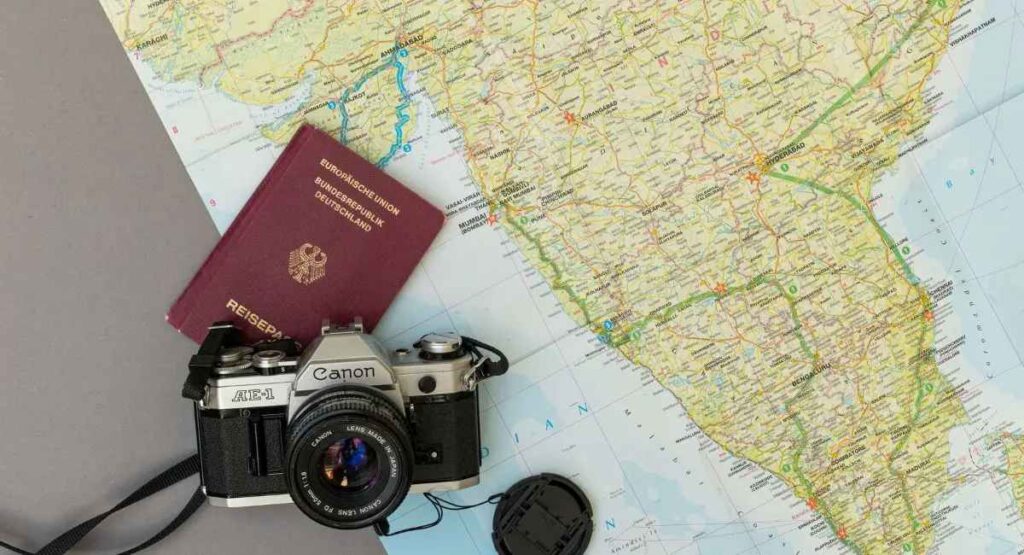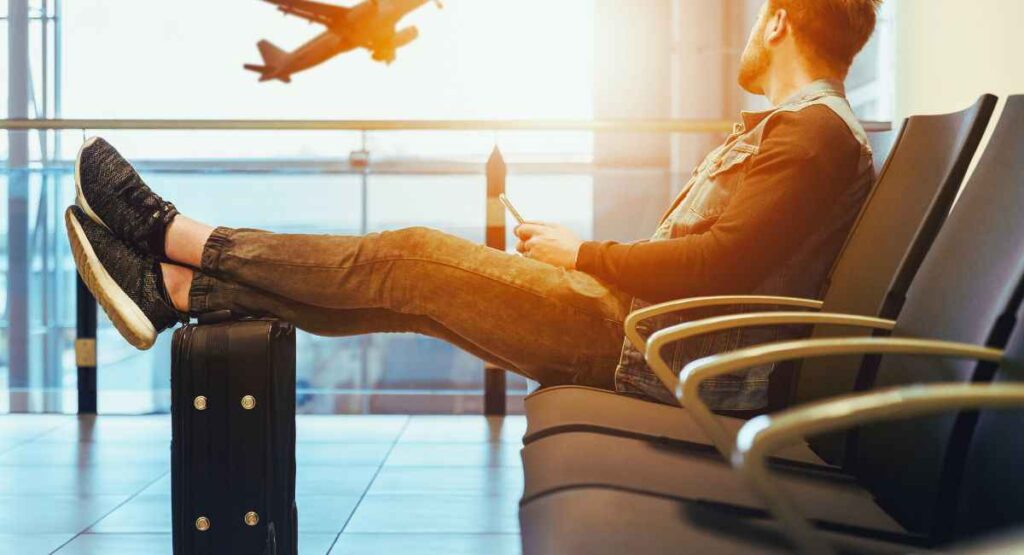Solo travel is a growing trend, capturing the hearts of adventurers seeking self-discovery, freedom, and the thrill of exploration. One destination that shines brightly on the map of solo travellers’ dreams is the enchanting archipelago of Hawaii. In this comprehensive guide, we’ll navigate the allure of solo travel in Hawaii, providing you with invaluable insights, tips, and a roadmap to embark on your solo adventure.
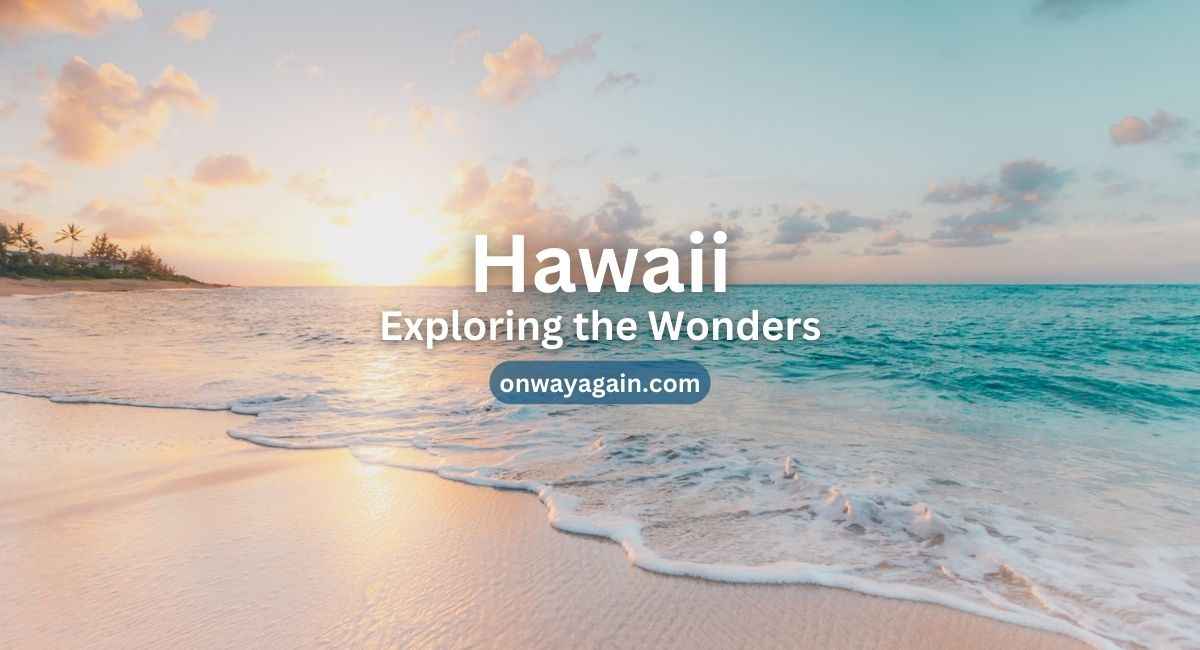
The Rising Trend of Solo Travel
Solo travel has witnessed a remarkable surge in popularity in recent years. More and more travellers are choosing to embark on journeys of self-discovery, independence, and exploration. The allure of solo travel lies in the freedom to create your itinerary, make spontaneous decisions, and immerse yourself fully in the destinations you visit. Hawaii, with its unique blend of natural beauty, culture, and adventure, beckons solo travellers to experience the world in a profoundly personal way.
Read more: Solo Travelling Tips: Top 10 Tips
Why Choose Hawaii for Solo Travel
Hawaii’s Unique Attractions
Hawaii is a paradise that promises an array of unique attractions and experiences for solo travellers. From the volcanic landscapes of the Big Island to the lush valleys of Kauai, each island boasts its distinct charm.
- Big Island: Witness the fiery spectacle of an active volcano on the Big Island. Hawaii Volcanoes National Park is a must-visit, offering a glimpse into the raw power of nature as molten lava flows into the ocean.
- Maui: Swim alongside vibrant marine life while snorkelling in Maui. Molokini Crater, with its crystal-clear waters, is a snorkeler’s paradise. Don’t miss the breathtaking sunrise at Haleakalā National Park.
- Kauai: Hike the stunning trails of Kauai’s Na Pali Coast, where lush green cliffs meet the sparkling sea. The Kalalau Trail offers a challenging yet rewarding trek through this pristine wilderness.
- Oahu: Explore the historic streets of Honolulu, where you can see Pearl Harbor and the USS Arizona Memorial. Waikiki Beach is perfect for those seeking a mix of culture and relaxation.
Safety and Solo-Friendly Aspects of Hawaii
Safety is paramount for solo travellers, and Hawaii’s reputation as a safe destination is well-deserved. The islands prioritize the well-being of visitors, and crime rates are relatively low. Additionally, the local culture of hospitality and the spirit of ‘Aloha’ make solo travellers feel welcome and at ease. The warmth of the Hawaiian people is a reassuring embrace for those journeying on their own. Hawaii Tourism Authority the official tourism website for Hawaii, offering valuable information and travel tip
Planning Your Solo Trip
Research and Preparation Tips
Before embarking on your solo adventure, thorough research is essential. Learn about the culture, customs, and attractions of Hawaii. Familiarize yourself with the local geography and geography of the islands to maximize your experience. Seek advice from fellow solo travellers on forums and travel websites to gain valuable insights and recommendations.
- Culture and Customs: Hawaiians value respect and humility. Learn a few basic Hawaiian phrases, such as “Aloha” (hello) and “Mahalo” (thank you), as a sign of respect for local customs.
- Attraction Timings: Many attractions in Hawaii have specific timings or limited entry, so plan your day accordingly. Some places may require reservations, especially if you’re visiting during the peak tourist season.
- Local Etiquette: Hawaiians have their unique etiquette, such as removing shoes before entering someone’s home. Familiarize yourself with these customs to show respect for the local culture.
Choosing the Right Time to Visit
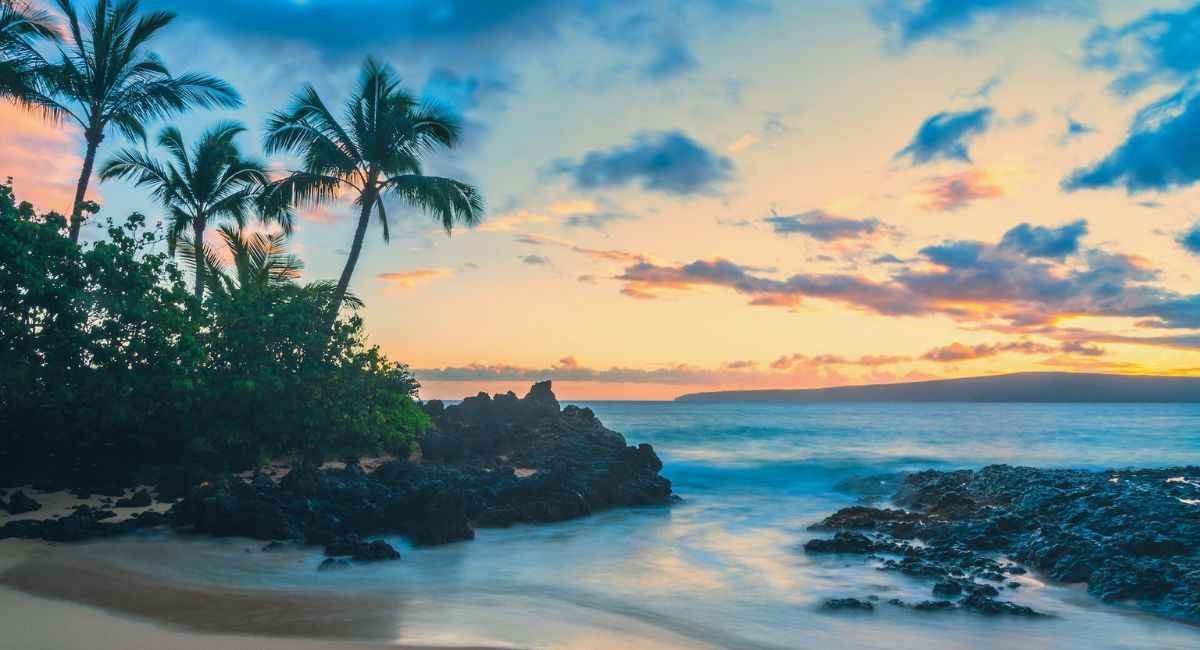
Hawaii’s climate is pleasant year-round, but it’s crucial to consider your preferences and priorities when planning your trip. Each season offers a unique experience, from whale-watching in winter to enjoying the vibrant foliage of spring. Additionally, keep an eye on local events and festivals that may coincide with your visit, allowing you to immerse yourself in Hawaiian culture.
- Winter (December to February): Ideal for whale-watching, particularly on Maui. However, winter is the peak tourist season, so expect larger crowds and higher prices.
- Spring (March to May): Spring offers pleasant weather, and the islands are less crowded. It’s an excellent time for outdoor activities and exploring without the crowds.
- Summer (June to August): This is a popular time for family vacations, so book accommodations and activities in advance. The weather is warm, and the ocean is perfect for swimming and snorkelling.
- Fall (September to November): Fall is a quieter season with pleasant weather. It’s a great time for hiking and enjoying the natural beauty of Hawaii.
Budgeting for a Solo Trip to Hawaii
Solo travel doesn’t have to break the bank. Careful budgeting is key to enjoying your Hawaiian adventure without financial stress. Consider factors like accommodation, transportation, dining, and activities when planning your budget. Look for cost-effective options that align with your travel goals.
- Accommodation: Consider staying in budget-friendly hostels, which are not only economical but also offer opportunities to meet fellow travellers.
- Transportation: Save on transportation costs by using public buses or rideshares instead of renting a car. Some islands have excellent public transportation networks.
- Dining: Explore local food trucks and markets for affordable and delicious meals. You can also save by cooking your meals if your accommodation has kitchen facilities.
Selecting Your Hawaiian Island
Overview of the Main Hawaiian Islands
Hawaii comprises four main islands: Oahu, Maui, Big Island, and Kauai, each offering a distinct experience.
- Oahu: Known as the ‘Gathering Place,’ Oahu is home to the vibrant city of Honolulu and famous attractions like Waikiki Beach, Pearl Harbor, and Diamond Head. It offers a mix of urban and natural experiences.
- Maui: Usually referred to as the ‘Valley Isle,’ Maui is famous for its attractive beaches, lush landscapes, and diverse ecosystems. Highlights include Haleakalā National Park, Hana Road, and the town of Lahaina.
- Big Island: The ‘Big Island’ is the largest and most diverse of the Hawaiian islands. Here, you can witness active volcanoes at Hawaii Volcanoes National Park, stargaze atop Mauna Kea, and explore lush rainforests.
- Kauai: Kauai is a haven for nature lovers. It boasts dramatic landscapes, including the stunning Na Pali Coast and Waimea Canyon.
Pros and Cons of Each Island for Solo Travelers
To choose the perfect island for your solo journey, consider your interests and preferences.
- Oahu: Pros – Abundance of dining and entertainment options, historical sites, and a lively atmosphere. Cons – Crowded and touristy in some areas.
- Maui: Pros – Beautiful beaches, outdoor adventures, and a more relaxed pace. Cons – Higher accommodation and dining costs in some areas.
- Big Island: Pros – Unique natural wonders, diverse landscapes, and fewer crowds in some regions. Cons – Longer driving distances between attractions.
- Kauai: Pros – Serene and unspoiled natural beauty, excellent hiking, and a laid-back vibe. Cons – Limited nightlife and fewer dining options compared to larger islands.
Accommodations
Options for Solo Travelers
Hawaii offers a vast range of accommodation options to suit solo travellers’ needs and preferences.
- Hotels: Hawaii boasts a plethora of hotels, from luxury resorts to budget-friendly options. Consider staying in areas with a variety of dining and activity choices.
- Hostels: Social hostels are an excellent choice for solo travellers, providing opportunities to meet like-minded adventurers and forge lasting friendships. They often organize group activities and tours.
- Vacation Rentals: Vacation rentals, such as Airbnb and VRBO, offer the comforts of home and the flexibility to cook your meals.
- Camping: For the adventurous solo traveller, Hawaii offers camping opportunities in picturesque settings. Ensure you have the necessary permits and equipment.
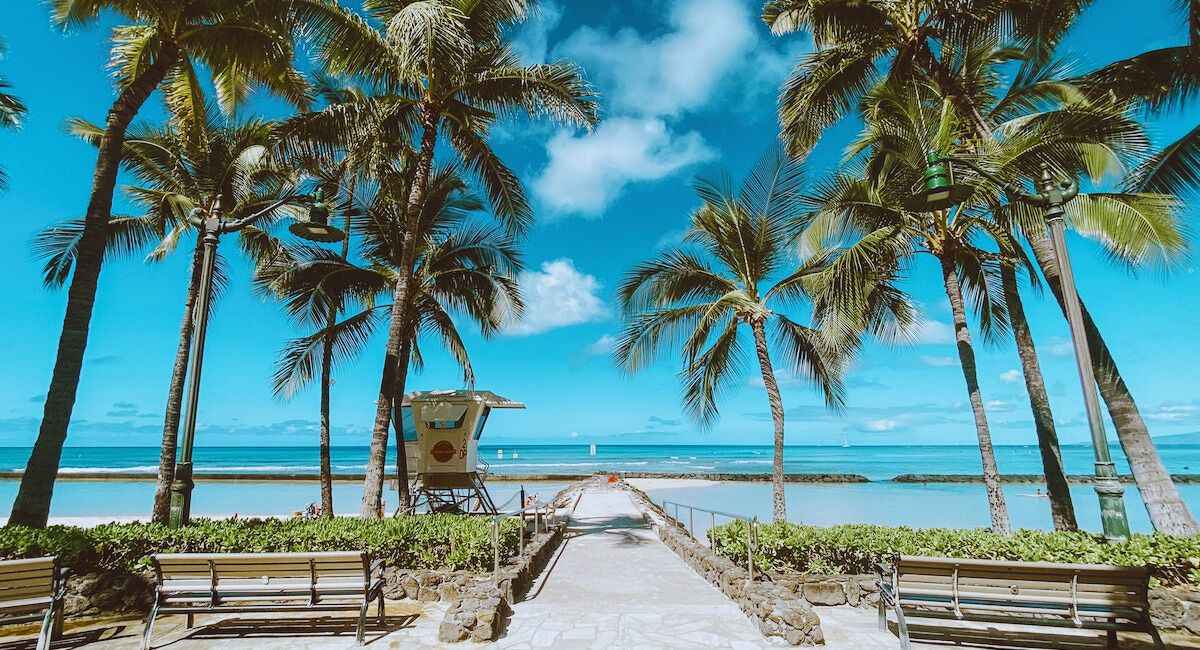
Transportation
Exploring the Islands
Getting around Hawaii as a solo traveller is convenient.
- Rental Cars: Renting a car offers flexibility, especially if you plan to explore off-the-beaten-path locations. However, be mindful that parking can be challenging in some areas.
- Public Transportation: Many Hawaiian islands have well-developed public bus systems that can be a cost-effective way to get around.
- Biking: Some cities, like Honolulu, have bike-sharing programs, allowing you to explore at your own pace while being eco-conscious.
Activities and Attractions
Must-Visit Places on Your Solo Adventure
Hawaii boasts a plethora of must-visit places that cater to solo travellers.
- Historic Honolulu: Explore the historic streets of Honolulu, visit Pearl Harbor, and pay your references at the USS Arizona Memorial.
- Hiking Adventures: Hiking enthusiasts will be delighted by the variety of trails, from the challenging Kalalau Trail in Kauai to the awe-inspiring Pipiwai Trail in Maui.
Volcanoes National Park: Experience the mesmerizing might of lava flows within Hawaii Volcanoes National Park on the Big Island. Venture into lava tubes and immerse yourself in the otherworldly scenery.
Outdoor Activities
Hawaii’s natural beauty is a playground for those seeking thrilling adventures amid stunning landscapes.
- Snorkelling: Discover vibrant coral reefs and marine life while snorkelling in crystal-clear waters. Molokini Crater in Maui and Hanauma Bay in Oahu are prime snorkelling spots.
- Surfing: Whether you’re a seasoned surfer or a beginner, Hawaii’s waves offer exhilarating experiences. Sign up for surf classes or rent a board to catch some waves.
- Scuba Diving: Explore underwater caves, wrecks, and vibrant coral gardens by going scuba diving in Hawaii. Experienced divers can explore lava tubes and deeper dive sites.
Cultural Experiences
Immerse yourself in Hawaiian culture by attending luaus, exploring museums, and visiting historical sites.
- Luaus: Attend a traditional Hawaiian luau to savour local cuisine, watch hula performances, and immerse yourself in Hawaiian traditions.
- Museums: Explore the Bishop Museum in Honolulu, which showcases Hawaiian history and culture. The Polynesian Cultural Center on Oahu provides a comprehensive cultural experience.
- Historical Sites: Visit Iolani Palace in Honolulu, the only royal palace in the United States, to learn about Hawaii’s royal history.
Solo Safety
Tips for Staying Safe
While Hawaii is generally safe, it’s essential to take precautions.
- Valuables: Avoid leaving valuables unattended, especially on the beach. Use hotel safes to secure your belongings.
- Awareness: Be aware of your surroundings, especially in less crowded areas or at night. Stick to well-lit and populated areas when possible.
- Emergency Contacts: Carry a list of emergency contacts, including local authorities, medical facilities, and your embassy or consulate.
- Travel Insurance: Invest in extensive travel insurance to cover unforeseen emergencies, such as medical expenses or trip cancellations.
Meeting People
Ways to Connect
Solo travel doesn’t mean you have to be alone the entire time.
- Group Tours: Join group tours or activities to meet fellow travellers. Many tour operators offer guided adventures, from hiking to snorkelling.
- Social Events: Check out local social events, such as beach gatherings, live music performances, or community festivals. These provide opportunities to mingle with locals and other travellers.
- Apps and Websites: Use travel apps and websites designed to connect solo travellers with companions for adventures. Meetup and Travel Buddy are examples of platforms where you can find like-minded individuals.
Solo Dining
Recommendations for Solo Dining
Solo dining in Hawaii is a delightful experience.
- Local Cuisine: Explore local food trucks and markets to savour traditional Hawaiian dishes like poke bowls, plate lunches, and shave ice.
- Communal Dining: Many restaurants in Hawaii offer communal seating, making it easy to strike up conversations with fellow diners.
- Cultural Experiences: Don’t miss the opportunity to attend a traditional Hawaiian luau, where you can enjoy a feast while experiencing local culture.
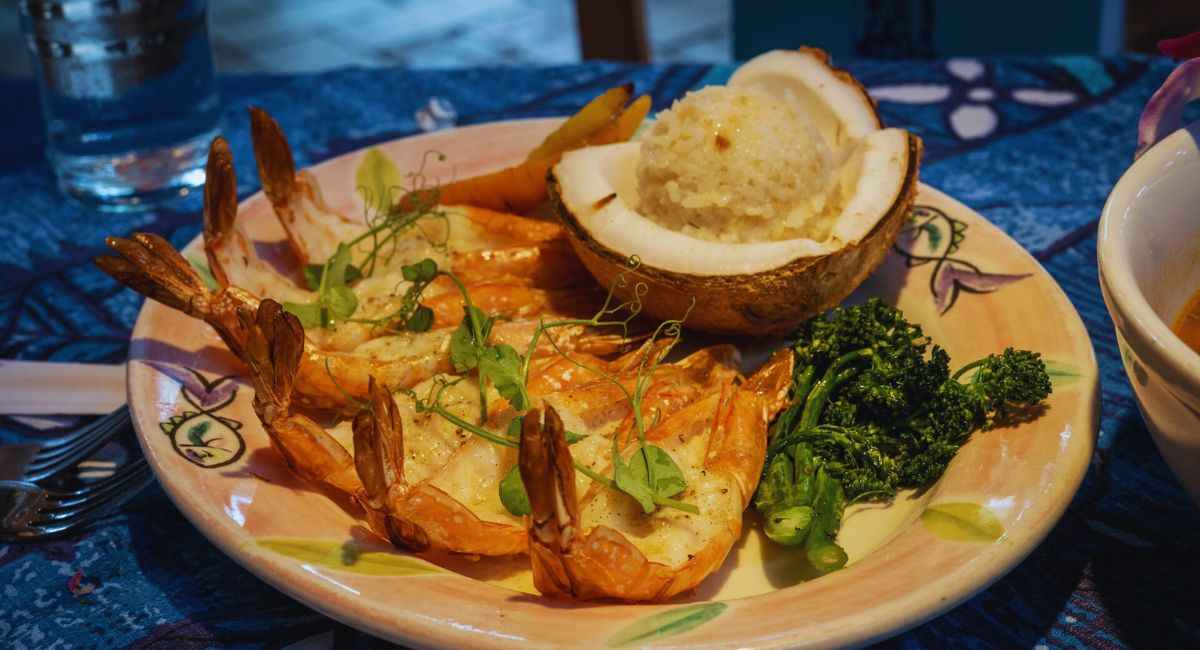
Capturing Memories
Photography Tips
Hawaii’s breathtaking landscapes provide endless opportunities for photography.
- Golden Hours: Capture the beauty of Hawaii during golden hours – sunrise and sunset. The soft, warm light enhances the natural beauty of the islands.
- Angles and Perspectives: Explore a variety of angles and perspectives to capture stunning and mesmerizing shots. Consider using low-angle pictures to add a touch of drama to your landscape photography.
- Local Culture: Don’t forget to photograph the local culture and people to document your complete Hawaiian experience.
Keeping a Travel Journal
A travel journal is a precious keepsake that allows you to record your emotions, thoughts, and memorable moments.
- Reflection: Take time to reflect on your solo journey in Hawaii. Jot down your experiences, feelings, and insights as you explore the islands.
- Mementoes: Collect mementoes like ticket stubs, postcards, and small souvenirs to include in your journal. These items will evoke vivid memories in the years to come.
Overcoming Challenges
Dealing with Loneliness or Homesickness
Solo travel can be emotionally challenging at times.
- Stay Connected: Stay connected with loved ones through calls, messages, or video chats. Sharing your experience with friends and family can alleviate feelings of loneliness.
- Social Activities: Engage in social activities offered by your accommodation, such as group hikes or dinners. It’s an excellent way to meet fellow travellers.
- Self-Reflection: Use moments of solitude for self-reflection and growth. Embrace the opportunity to discover more about yourself and your passions.
Staying Motivated
Maintaining motivation throughout your solo journey is essential.
- Set Goals: Set specific goals for your trip, whether it’s exploring a new trail, trying a local dish, or learning about Hawaiian culture. Plans give your journey purpose and direction.
- Stay Curious: Approach each day with curiosity and an open heart. Embrace new experiences, meet new people, and let the beauty of Hawaii inspire you.
Packing List for a Solo Trip to Hawaii
- Lightweight Clothing: Pack light, breathable clothing suitable for warm weather. Include swimwear, shorts, and t-shirts.
- Comfortable Shoes: Bring comfortable walking shoes for exploring trails and urban areas.
- Sun Protection: Sunglasses, sunscreen, and a wide-brimmed hat are essential for protecting yourself from the Hawaiian sun.
- Travel Guides: Carry travel guidebooks and maps to help you navigate the islands.
- Camera and Accessories: Don’t forget your camera, spare batteries, memory cards, and any additional camera accessories.
- Toiletries: Pack travel-sized toiletries such as shampoo, conditioner, and sunscreen to save space and comply with airline regulations.
- Snorkel Gear: If you plan to snorkel frequently, consider bringing your snorkelling gear to save on rental costs.
- Backpack: Bring a bag for day trips to carry essentials like water, snacks, and your camera.
FAQs
Is Hawaii safe for solo travelers?
Hawaii is generally considered safe for solo travelers. Like any destination, it’s important to exercise caution and follow basic safety guidelines. Use common sense, stay in well-traveled areas, and secure your belongings to minimize any risks.
What’s the best time to visit Hawaii as a solo traveler?
Hawaii is a year-round destination, but the most suitable time to visit depends on your preferences. The shoulder seasons (spring and fall) typically offer pleasant weather and fewer crowds. However, Hawaii is popular year-round, so plan based on your personal preferences.
How can I meet other travelers or make friends as a solo traveler in Hawaii?
You can meet fellow travelers by staying in hostels, joining group tours or activities, attending local events, or using social apps specifically designed for travelers. Engaging with the local community through events and activities is also a great way to make new friends.
What are some must-visit places for solo travelers in Hawaii?
Hawaii has many beautiful destinations to explore alone, including Waikiki Beach on Oahu, Haleakalā National Park on Maui, the Na Pali Coast on Kauai, and the Volcanoes National Park on the Big Island. It ultimately depends on your interests and the island you choose to visit.
Is it easy to get around in Hawaii as a solo traveler?
Getting around Hawaii is relatively easy, especially on the more touristy islands like Oahu and Maui, which have good public transportation systems. However, renting a car can offer more flexibility, especially if you want to explore less accessible areas.
What’s the cost of living like in Hawaii for solo travelers?
Hawaii can be more expensive than mainland U.S. cities, so budget accordingly. Prices for accommodation, food, and activities can vary, but planning and seeking out budget-friendly options can help keep costs in check.
Are there any cultural customs I should be aware of as a solo traveler in Hawaii?
Respect the local culture by learning about the Hawaiian customs and traditions. For example, it is traditional to remove shoes before entering someone’s home, and it’s considered respectful to ask for permission before taking photos in certain areas.
Do I need to rent a car to explore the islands, or can I rely on public transportation and taxis?
While public transportation is available on some islands, it may not be as convenient for exploring remote or less touristy areas. Renting a car is often recommended if you want to fully explore the islands, but it’s not always necessary if you plan to stay in more urban areas.
How do I stay safe while swimming and participating in water activities in Hawaii?
Always follow local advice and warning signs at beaches. Be cautious of strong currents and waves, and only swim in designated safe areas. If you’re not a strong swimmer, consider taking guided tours for water activities.
Are there any solo traveler-specific resources or groups in Hawaii?
There are often solo traveler meetups and online forums where you can connect with fellow travelers. Additionally, some hostels and accommodations cater to solo travelers and offer group activities.
Conclusion
In conclusion, solo travel in Hawaii is a captivating adventure that promises self-discovery, freedom, and a deep connection with nature and culture. The islands of Hawaii offer an unparalleled experience for solo travellers, with a perfect blend of adventure and serenity. So, pack your bags, embark on your solo adventure, and let Hawaii’s enchanting beauty and warm aloha spirit be your guiding companions.
